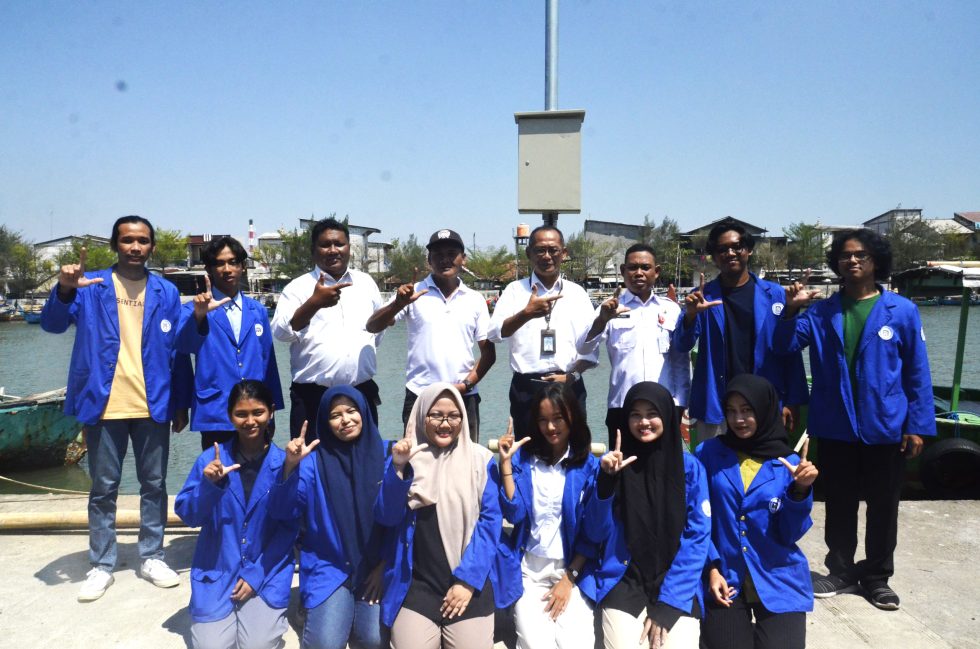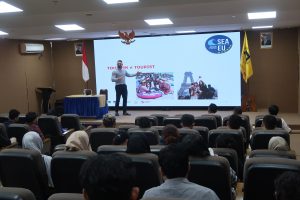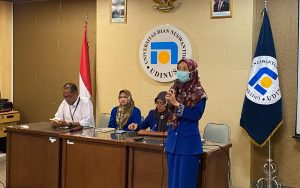Recent research conducted by Universitas Dian Nuswantoro (Udinus) reveals an IoT-based innovation to reduce the impact of coastal floods in Tambak Lorok, Semarang City. This system, named ROB Early Warning System (ROB-EWS), is capable of detecting the rise in sea level in real-time, allowing locals to receive information concerning potential flooding.
Dr. Drs. Slamet Isworo, M.Kes., the chief researcher of this project and a faculty member from the Health Science Faculty at Udinus, explained that the system was designed to help the locals in facing the threats of flooding. This flooding often occurs as a result of climate change and land subsidence.
“This system utilizes the ultrasonic sensor to measure sea levels. The data will be processed by microcontrollers and sent in real-time through a web-based app. If the sea level reaches a certain height, the siren will ring to warn the locals,” Dr. Slamet Isworo uttered.
Tambak Lorok was chosen for this project as the area is situated only 0.5 meters above sea level, making it vulnerable to flooding. It has 9,000 residents, most of whom work as fishermen. The flood has previously claimed causalities and material losses.
According to Dr. Slamet Isworo, ROB-EWS was equipped with two different levels of warning. First, the system will warn the locals if the water level reaches the land, allowing the locals to get prepared. The system issues a second warning if the water reaches the residential area.
“The system is capable of informing the locals quickly and accurately concerning the flood. With this early warning system, the locals will be able to spare their time to secure their valuables and evacuate to a designated area,” Dr. Slamet added.
In addition to the siren, ROB-EWS is also connected to an app, which allows the locals to see the sea condition through their smartphones. The app shows the data in real-time, including sea levels, wind speed, and wind direction.
Hope for the Future
Dr. Slamet hoped for the ROB-EWS innovation to be adopted by other coastal areas in Indonesia to resolve issues surrounding coastal floods. He also emphasized the importance of support from the government and local community in expanding the implementation of this technology.
“The collaboration between academicians, the government, and the locals is necessary for this system to run optimally. With ROB-EWS, we will be able to minimize the negative impacts of coastal floods,” he concluded.
The research shows that technology can be used to reduce the vulnerability of locals in facing natural disasters. ROB-EWS provides a glimmering hope for the locals of Tambak Lorok to live more safely from the threats of coastal floods.
The research concerning ROB-EWS has been published in the Journal of Geography, Environment, and Earth Science International. This research also involved students in addition to faculty members. (Humas Udinus/Alex. Foto: Humas Udinus)







